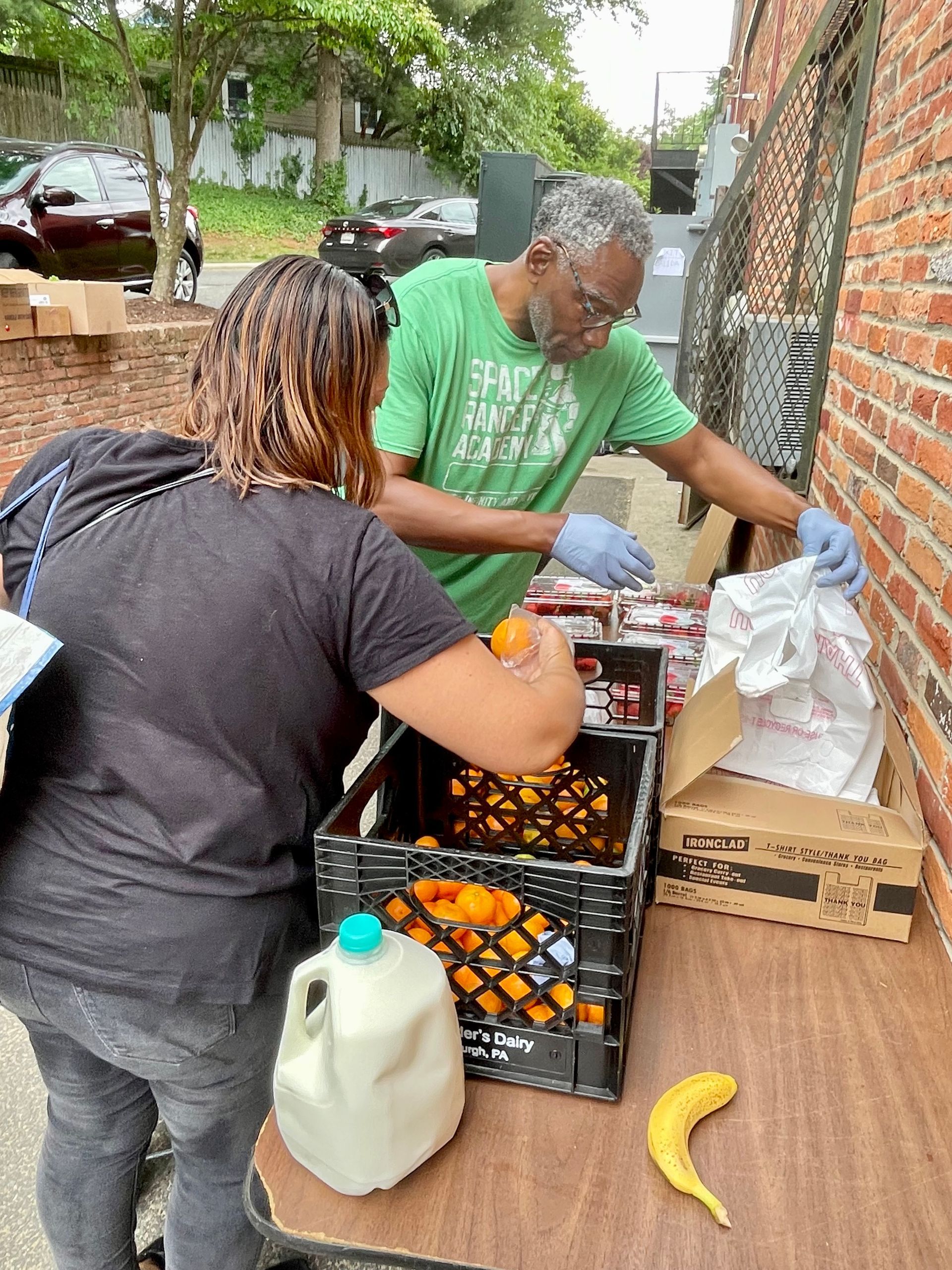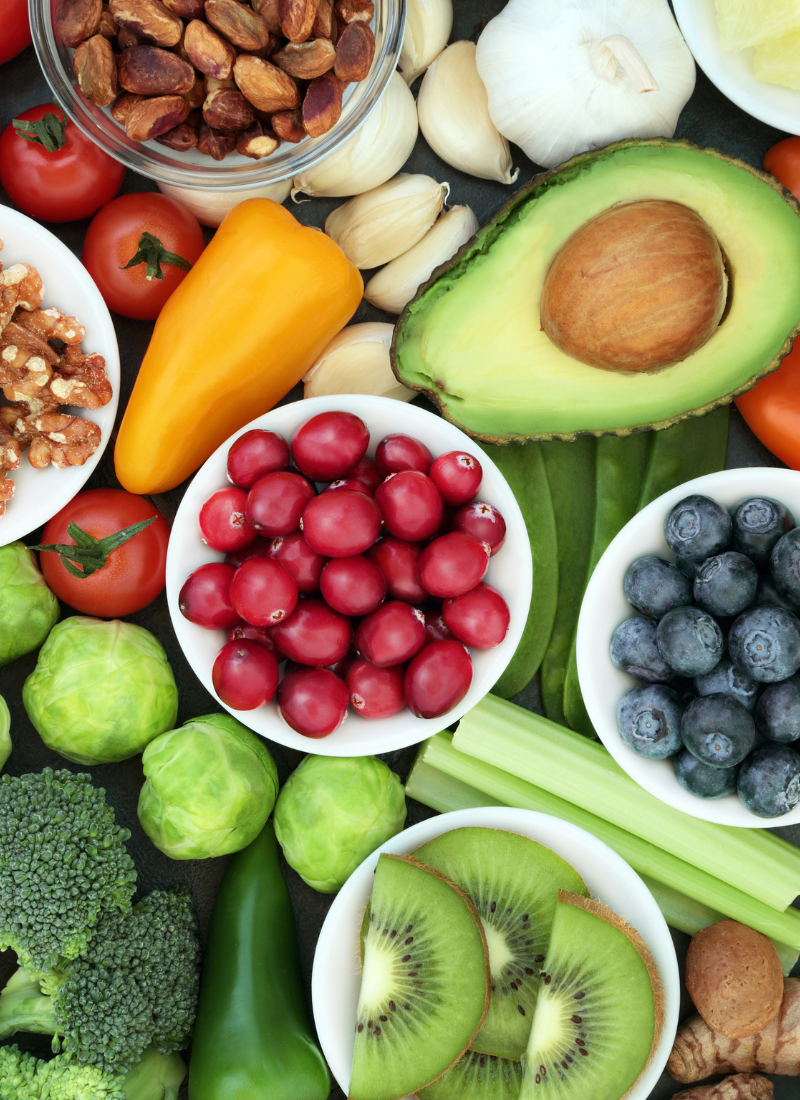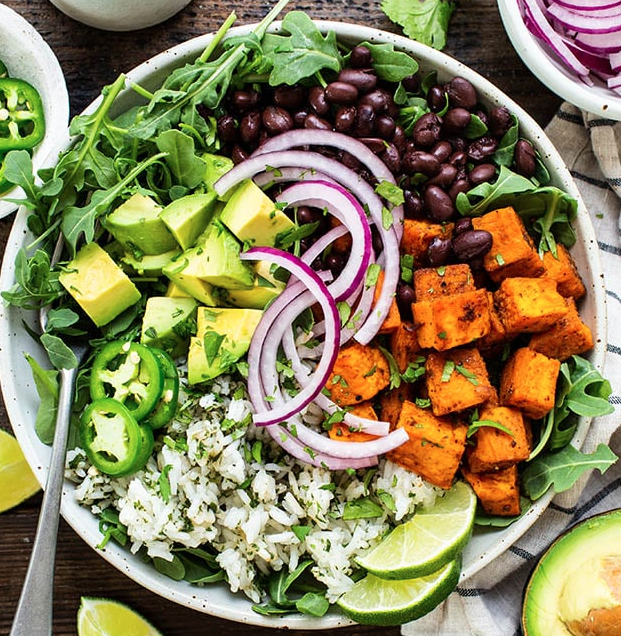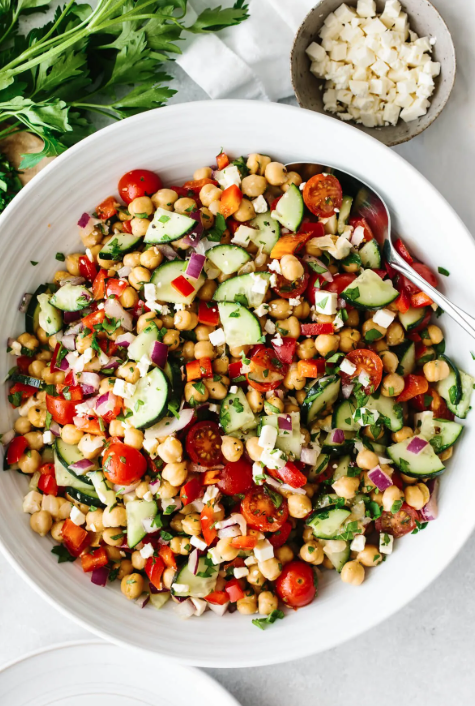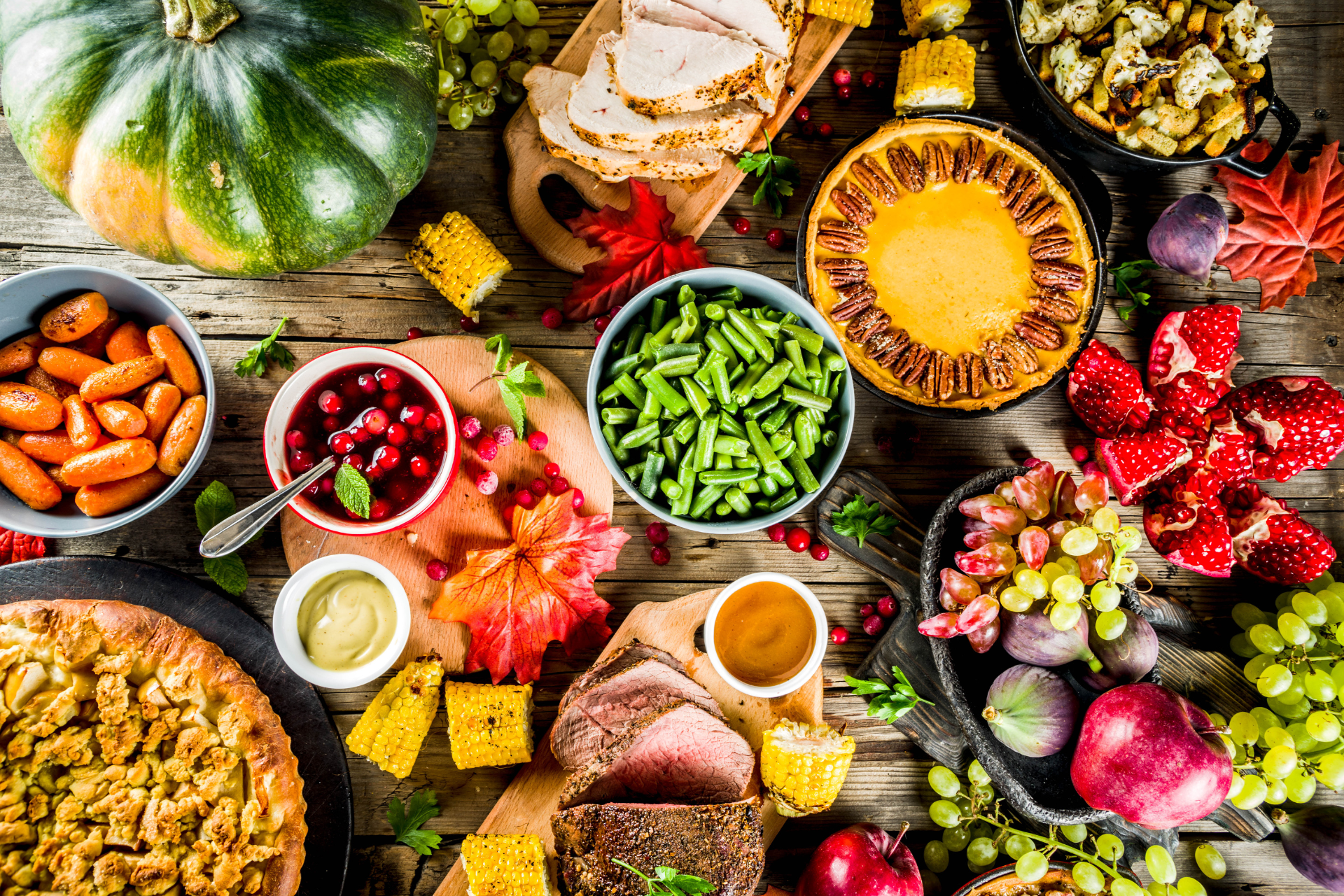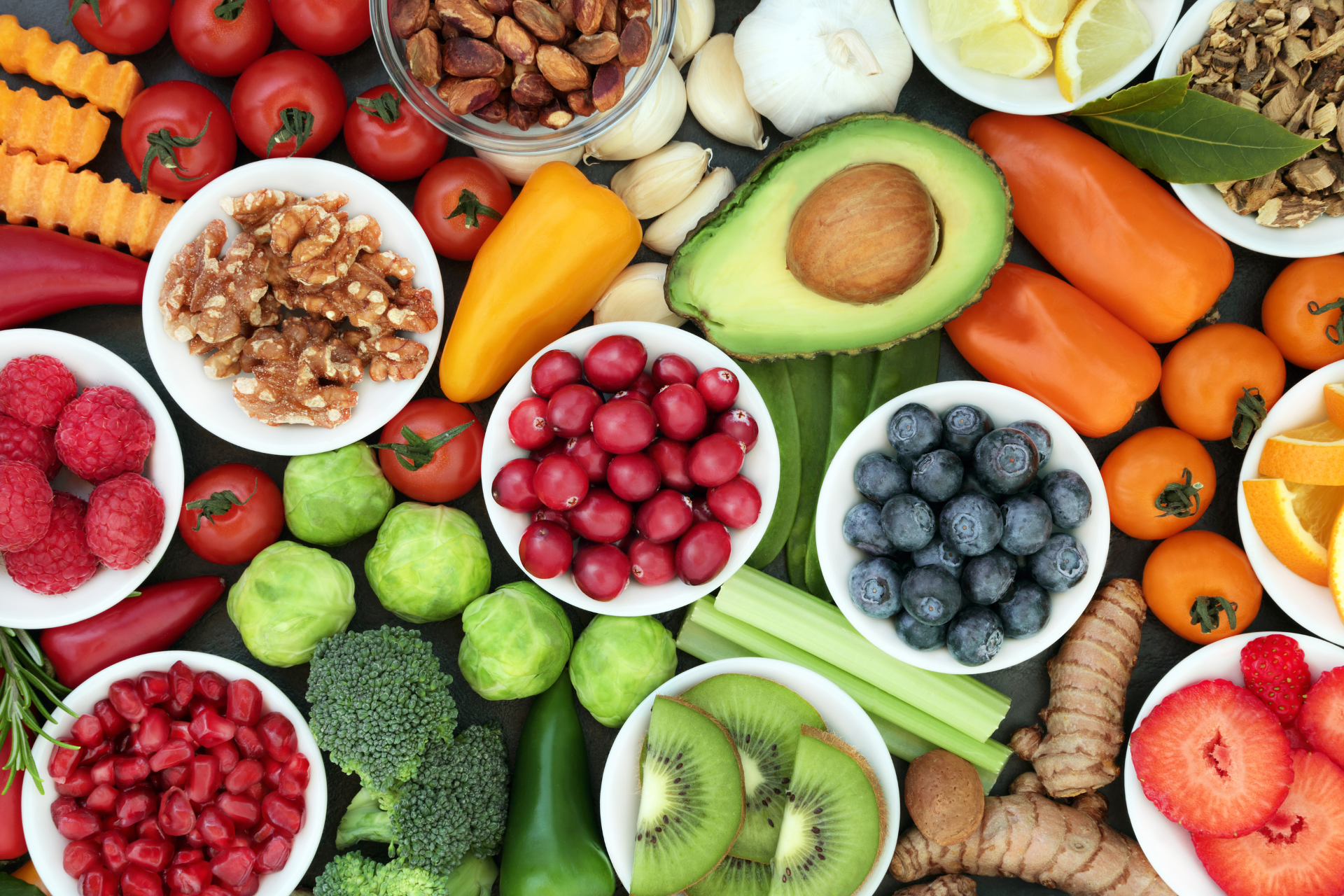Black History Month: Celebrating African Heritage Foods
February is also Black History Month, a time to honor the rich food traditions of the African diaspora. Many traditional African, Caribbean, and Southern dishes are naturally nutritious and plant-based!
Healthy African Heritage Foods to Try:
- Sweet Potatoes: High in fiber, vitamin A, and antioxidants.
- Okra: Great for digestion and heart health. Try it grilled or in stews!
- Black-eyed Peas: A protein-packed, fiber-rich legume used in many soul food dishes.
- Greens (Collards, Mustard, Turnip Greens): Full of vitamins and minerals. Cook with garlic and a touch of olive oil for a nutritious side!


